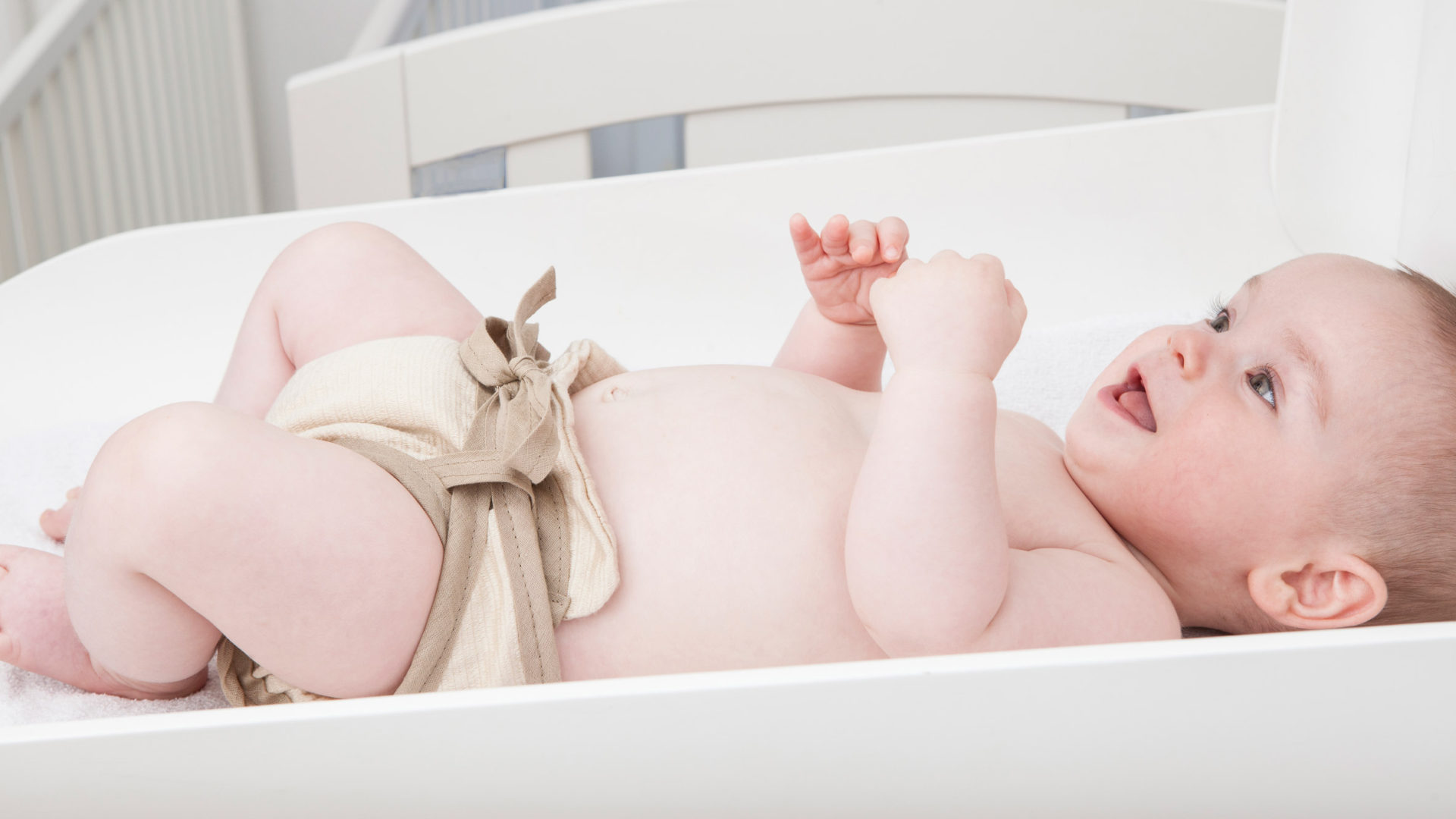
In the European Union, 17 million diapers are tossed in the trash every day, making disposable one-use diapers the third-largest single item contributor to landfills. Due to being made of cellulose fibres, polymers and synthetic fabrics, it takes roughly 500 years for a diaper to decompose.
Aiming to disrupt the unsustainable model of buying, using and disposing of diapers, designer Luisa Kahlfeldt created a reusable diaper made of SeaCell, a biodegradable, absorbent and antibacterial fibre made from eucalyptus and algae extracts.

Called Sumo, the SeaCell diaper is composed of three layers. The first layer is the soft inner which is in contact with the baby’s skin. Following is the absorbing core where fluids are soaked up. Last is a waterproof layer that prevents leaks. Made from EcoRepel, the waterproof layer is biodegradable.

By being made from SeaCell with EcoRepel, Sumo is reusable and is also washable in a laundry machine. Once the diaper has seen its day, it can be recycled without waste.

“Having researched and analysed the whole market of cloth diapers, it became evident that they are not necessarily much more sustainable or skin-caring, mainly due to their construction and materials,” said Kahlfeldt. “Most cloth diapers are made up of a mix of up to five different materials, where the absorbing fabrics are usually permanently laminated with polyester or polyurethane. Additionally, nearly all cloth diapers use nylon hook and loop tape or plastic snap buttons that are impossible to remove later on.”

“Therefore my first prototypes explored ways to create a diaper that was fit for deconstruction, and thus improve recyclability,” explained Kahlfeldt. “I explored a modular construction where the velcro tape or buttons sit on a separate belt. Another challenge was to find a replacement for the stretchy parts of the diaper which until now could only be achieved by using a synthetic elastic band.”
“I prototyped several ways the textile could be more flexible and grow with the child, such as the idea of using a drawstring in the leg area of the diaper that can be pulled tight and loosened depending on need,” added the designer. “In the end, I utilised a material innovation called Natural Stretch, which is an innovative method of knitting natural yarns in order to give them up to 20% natural elasticity, without the use of synthetic yarns.”









